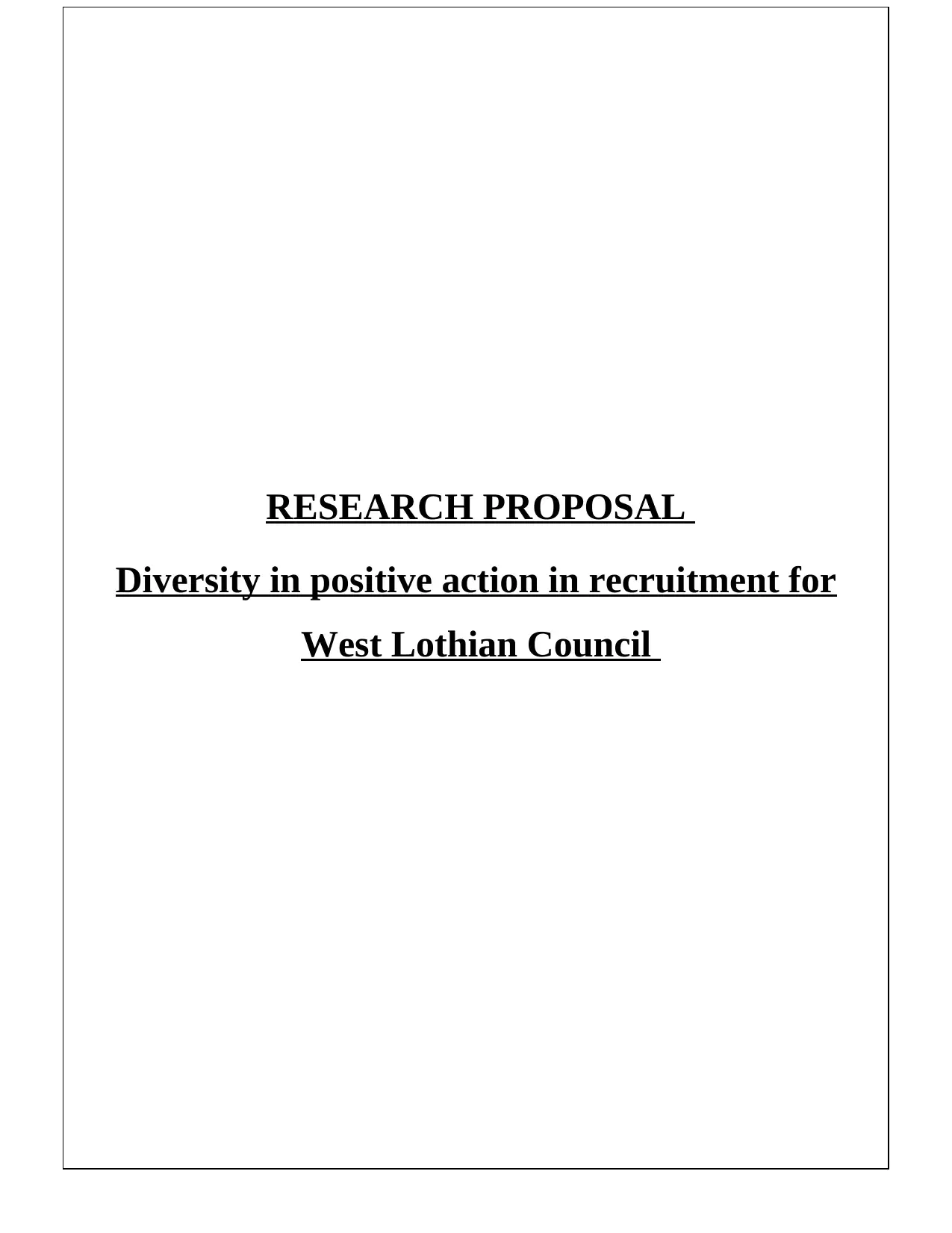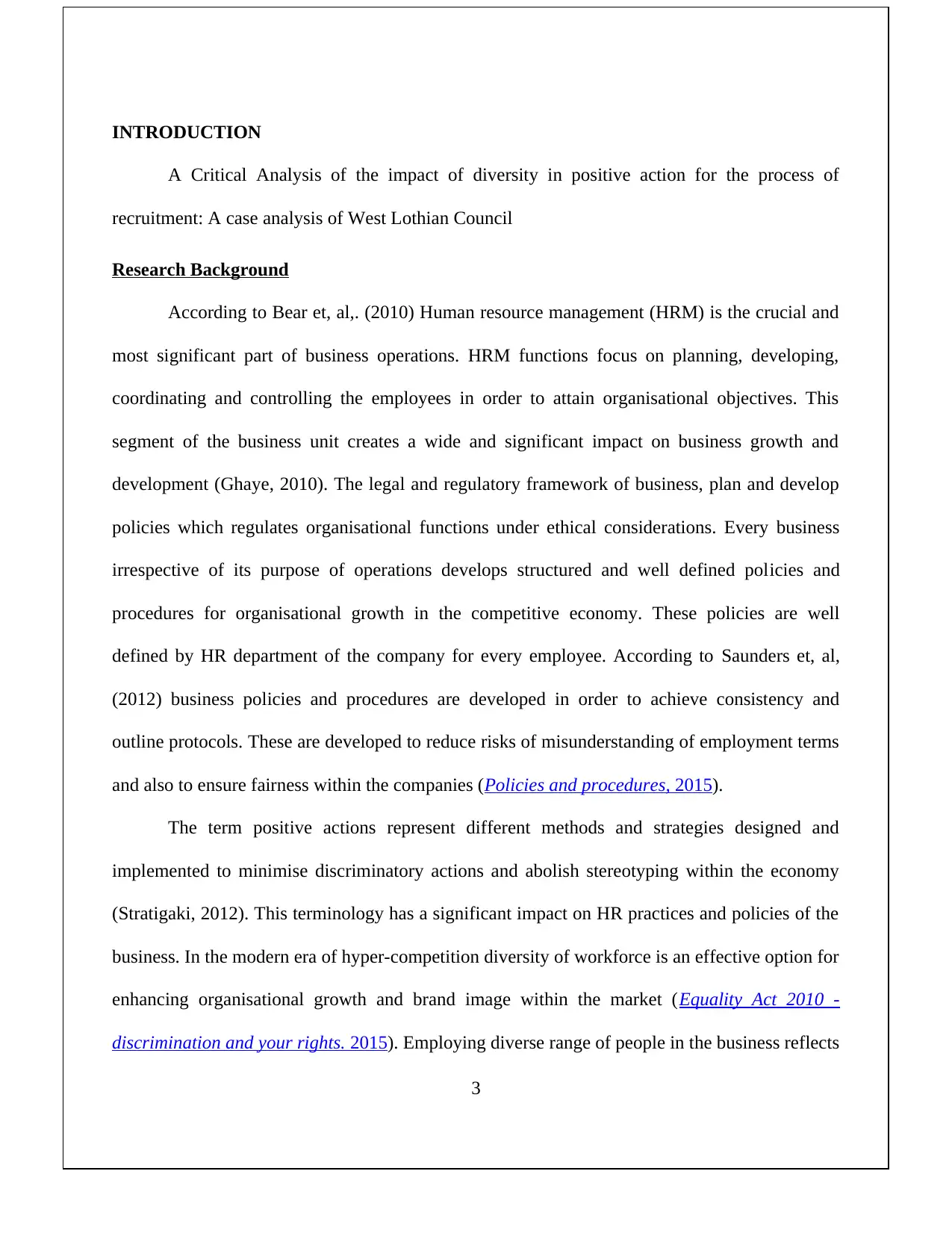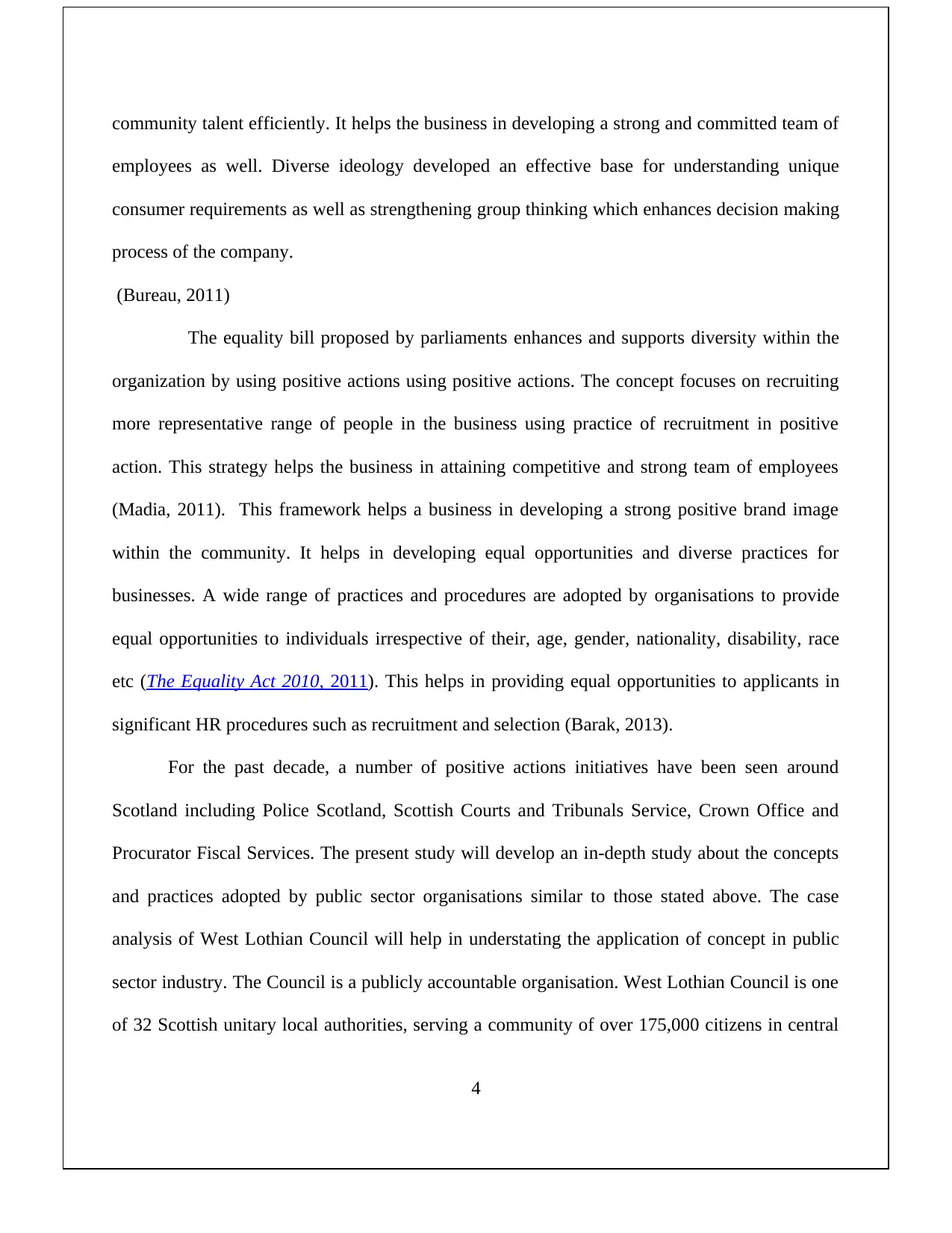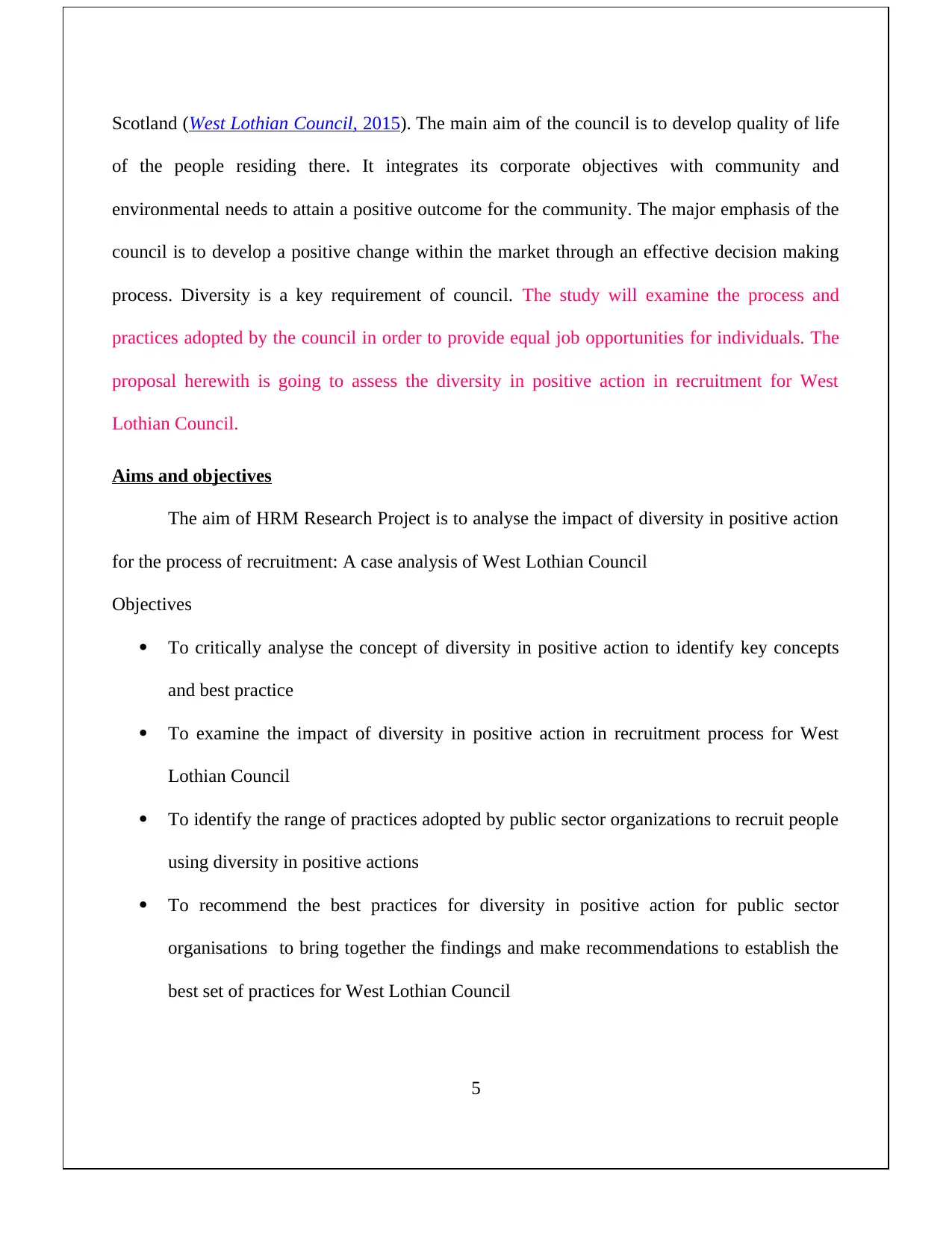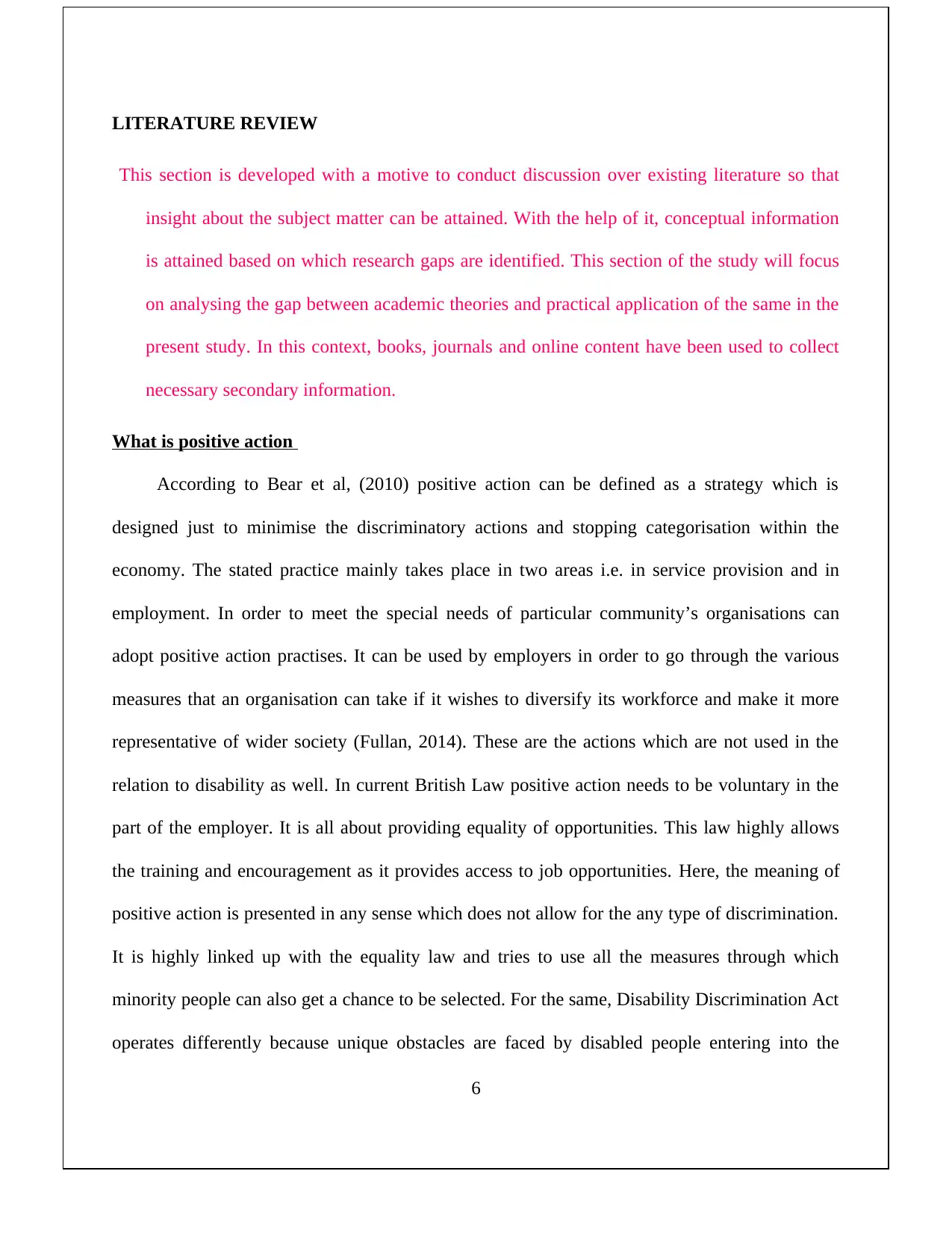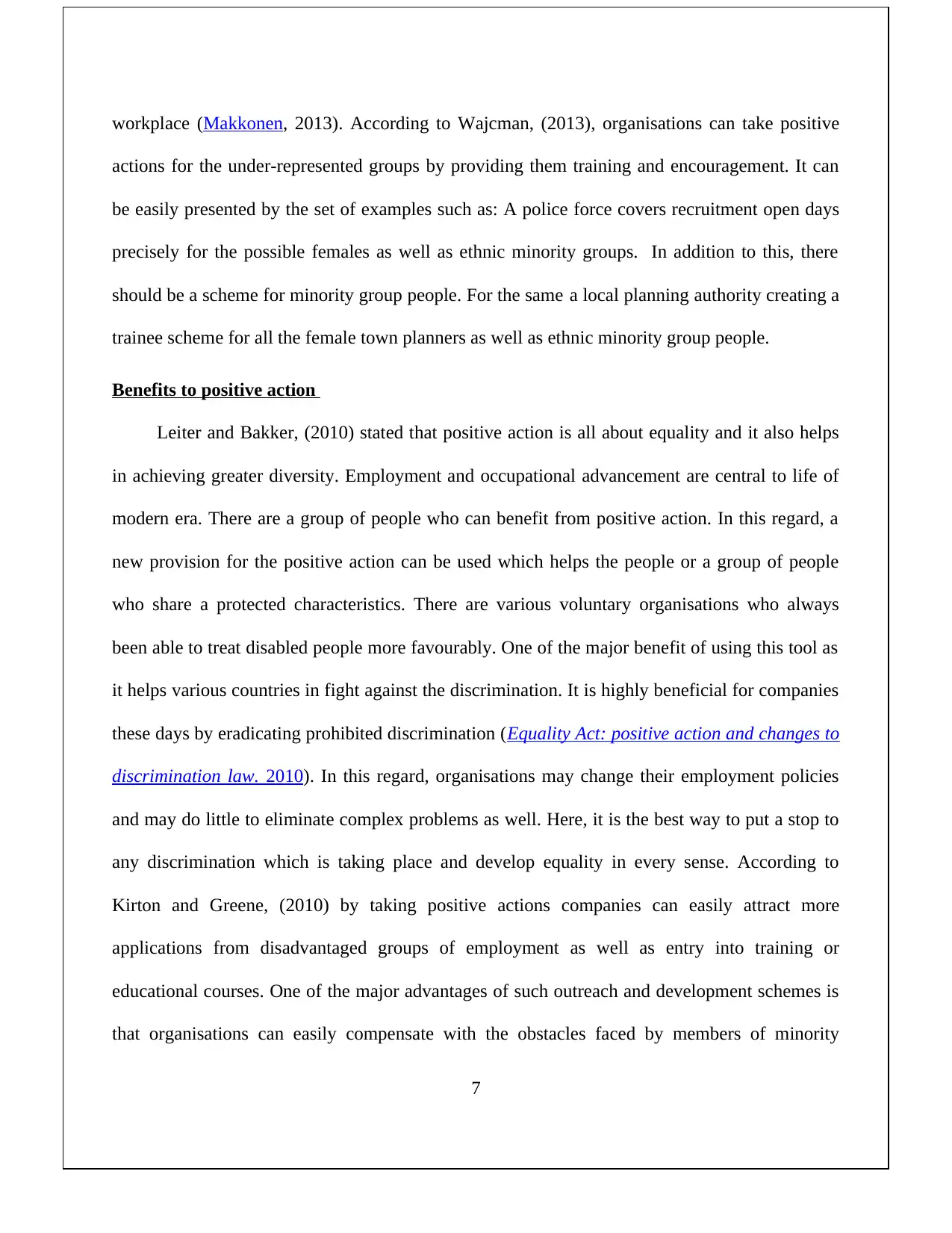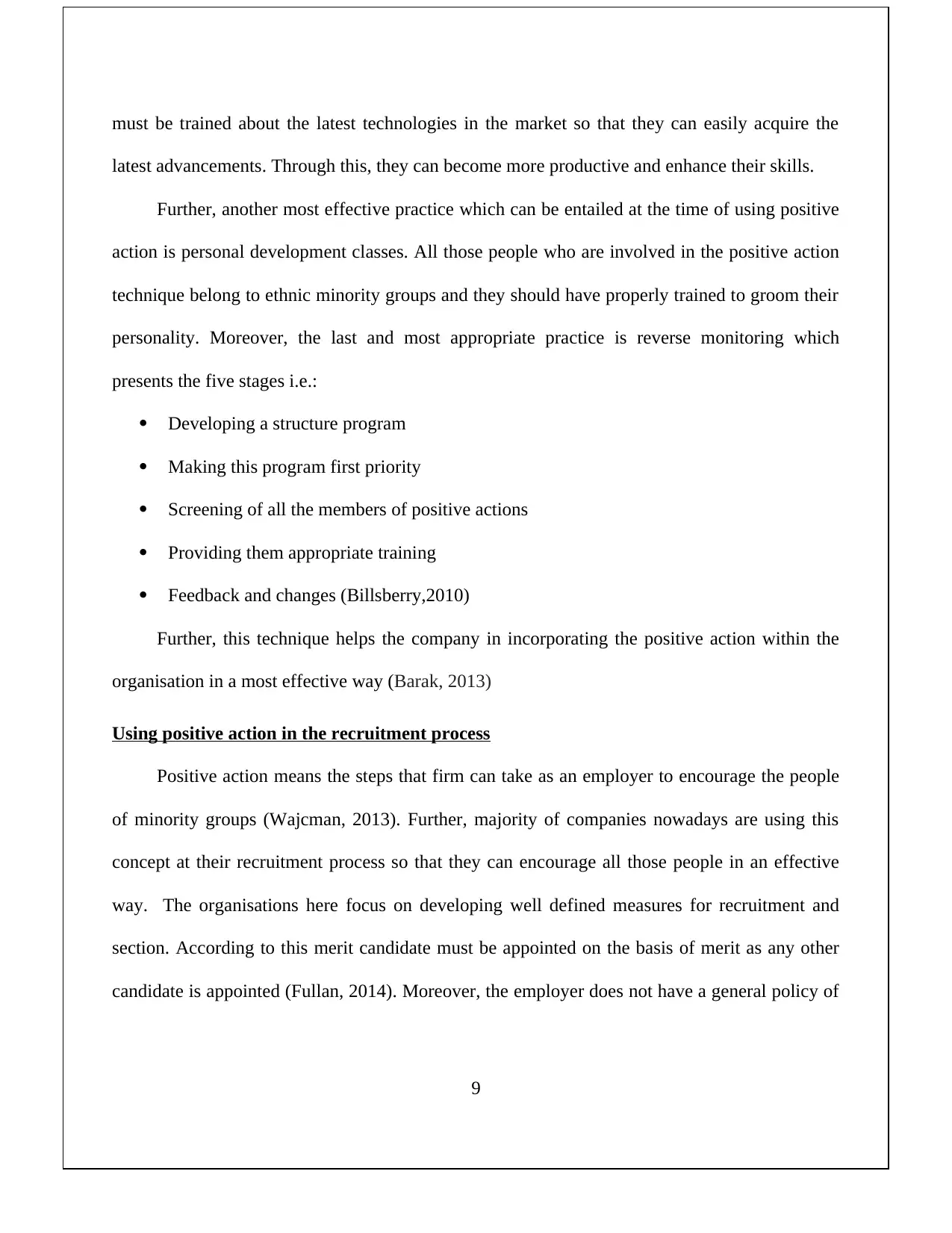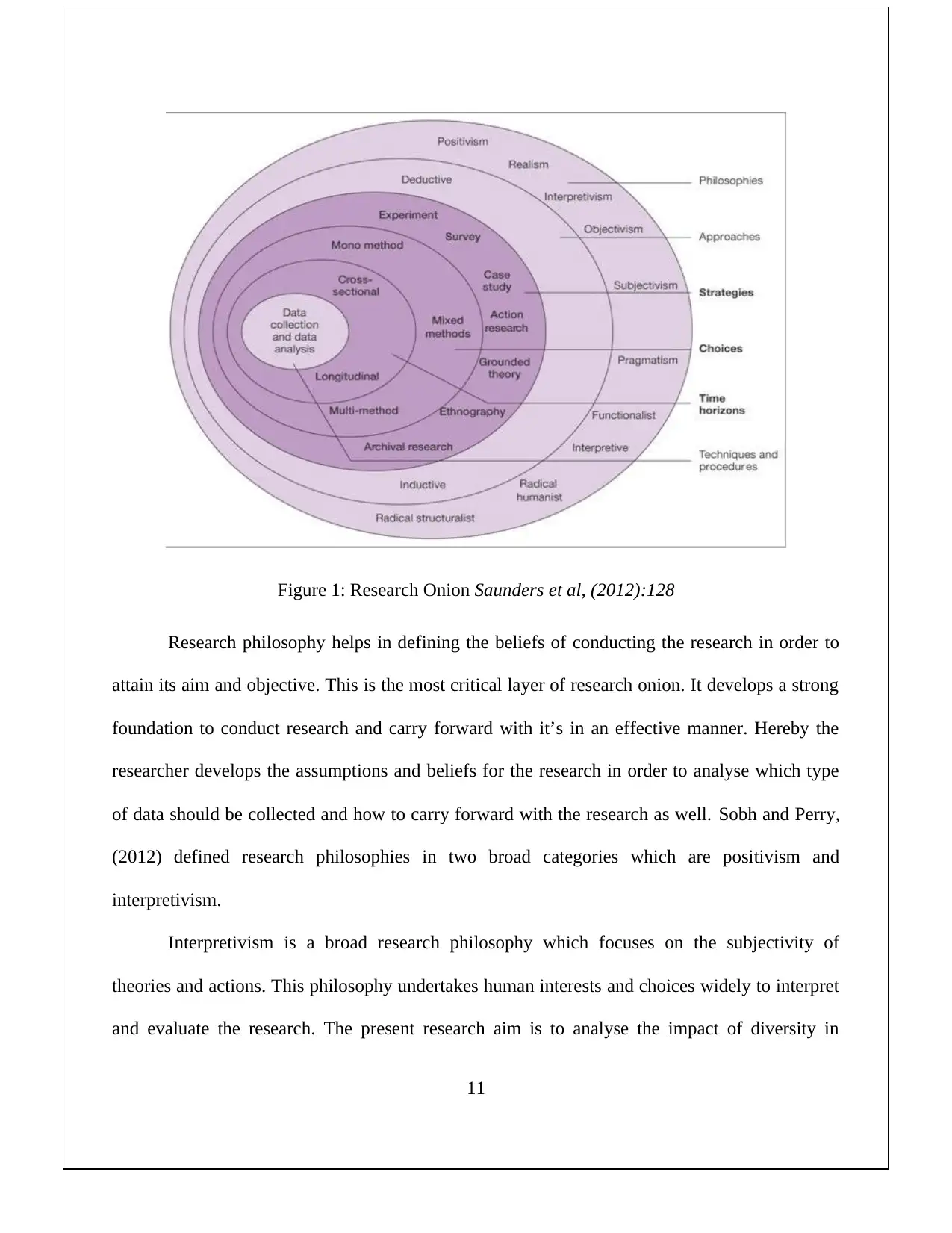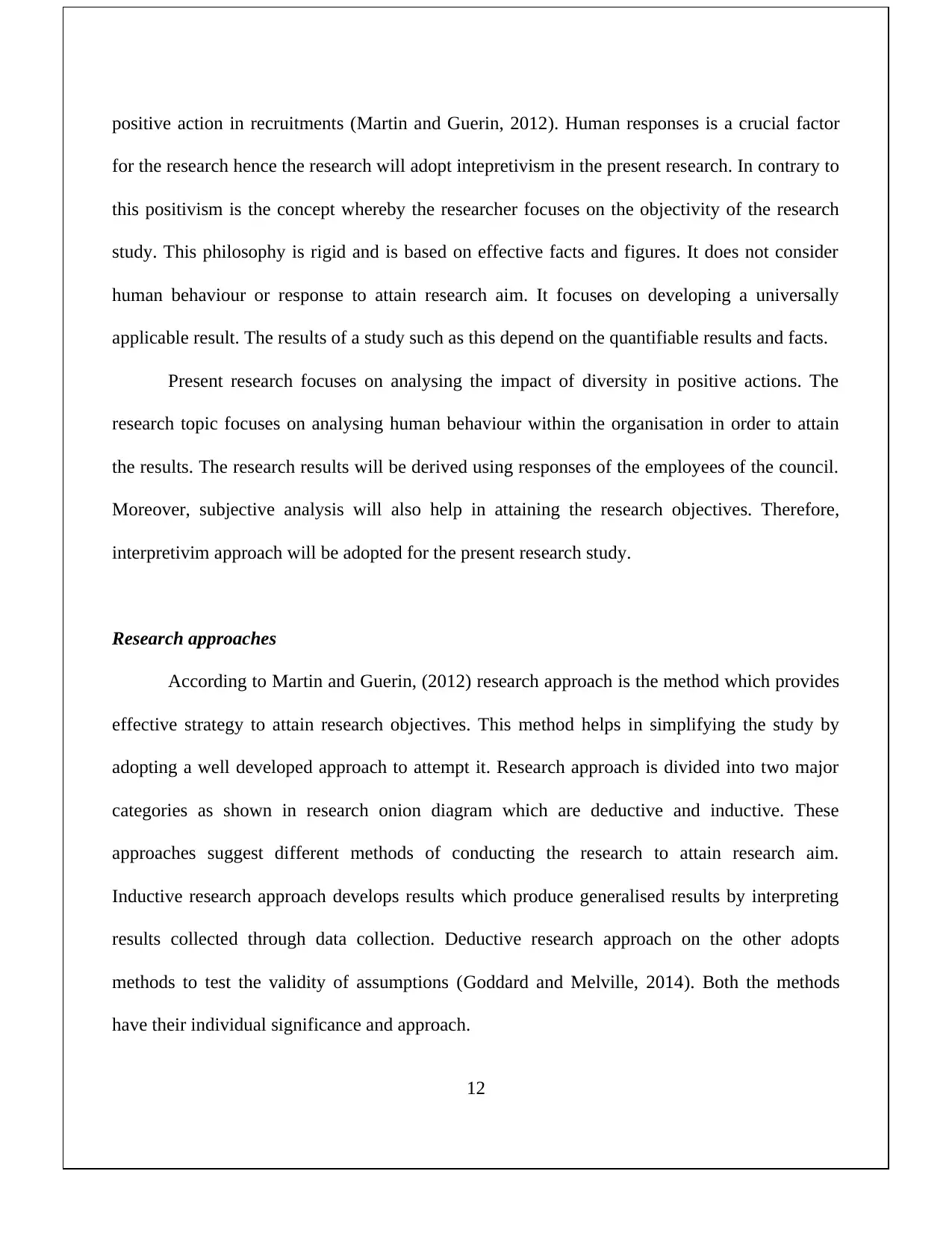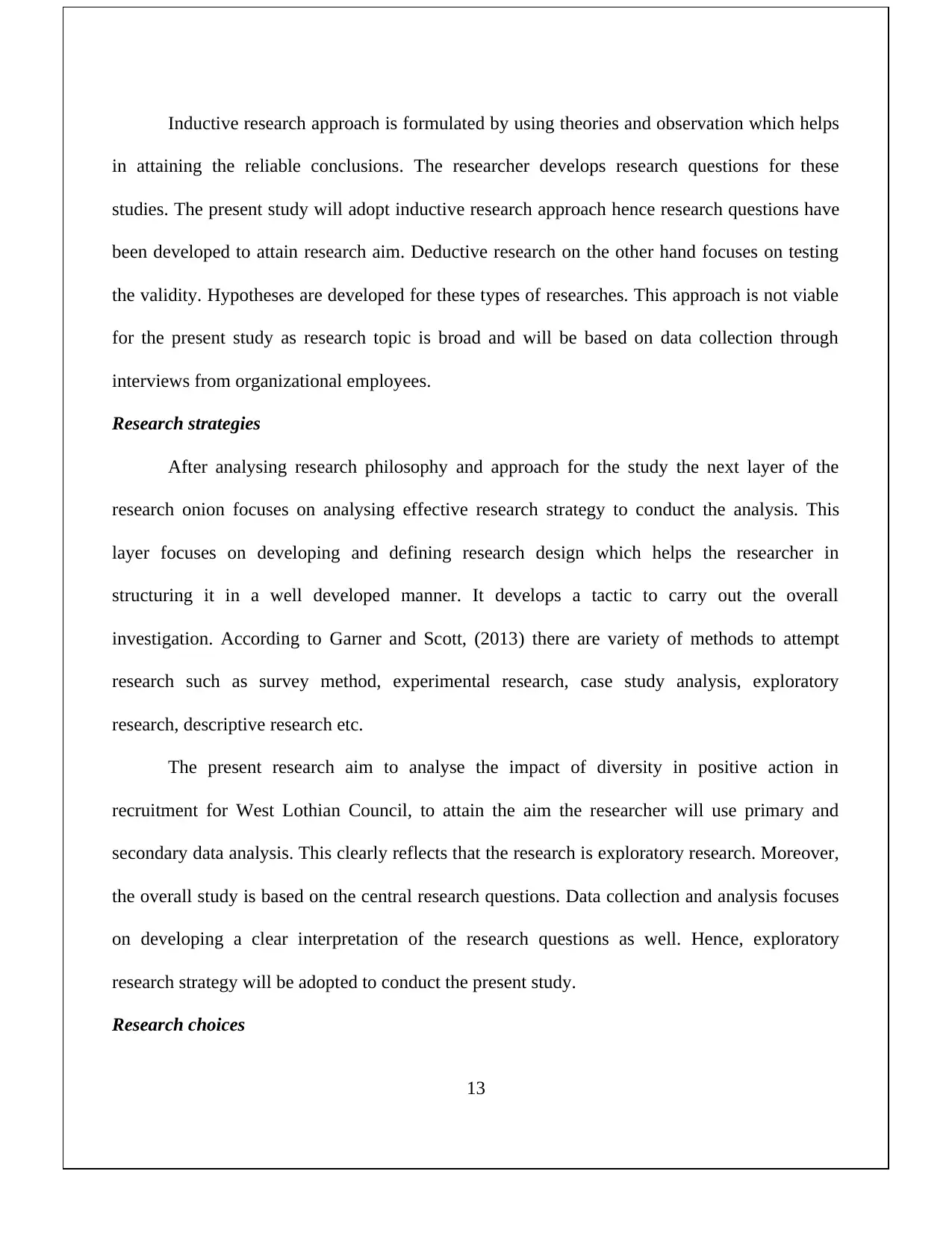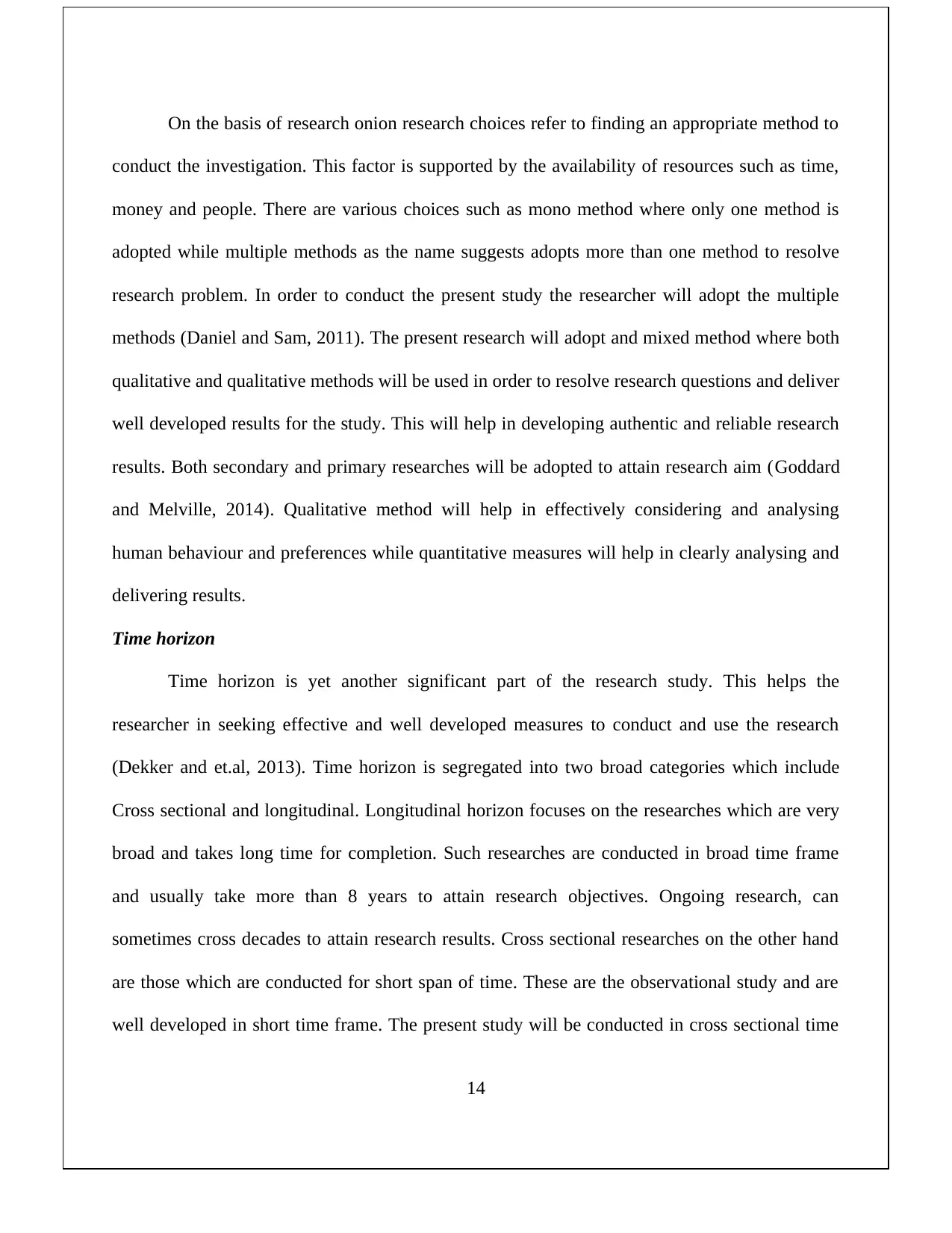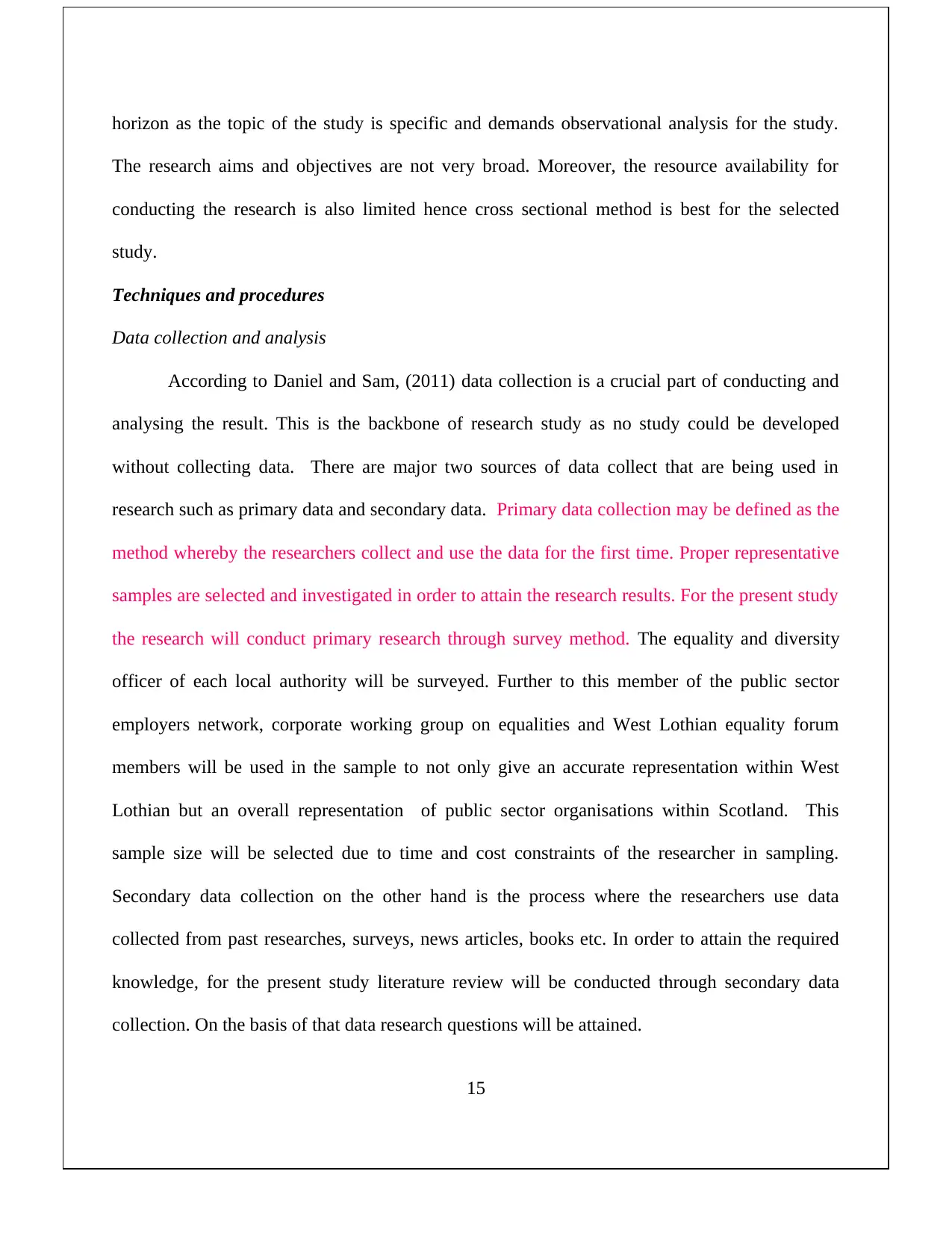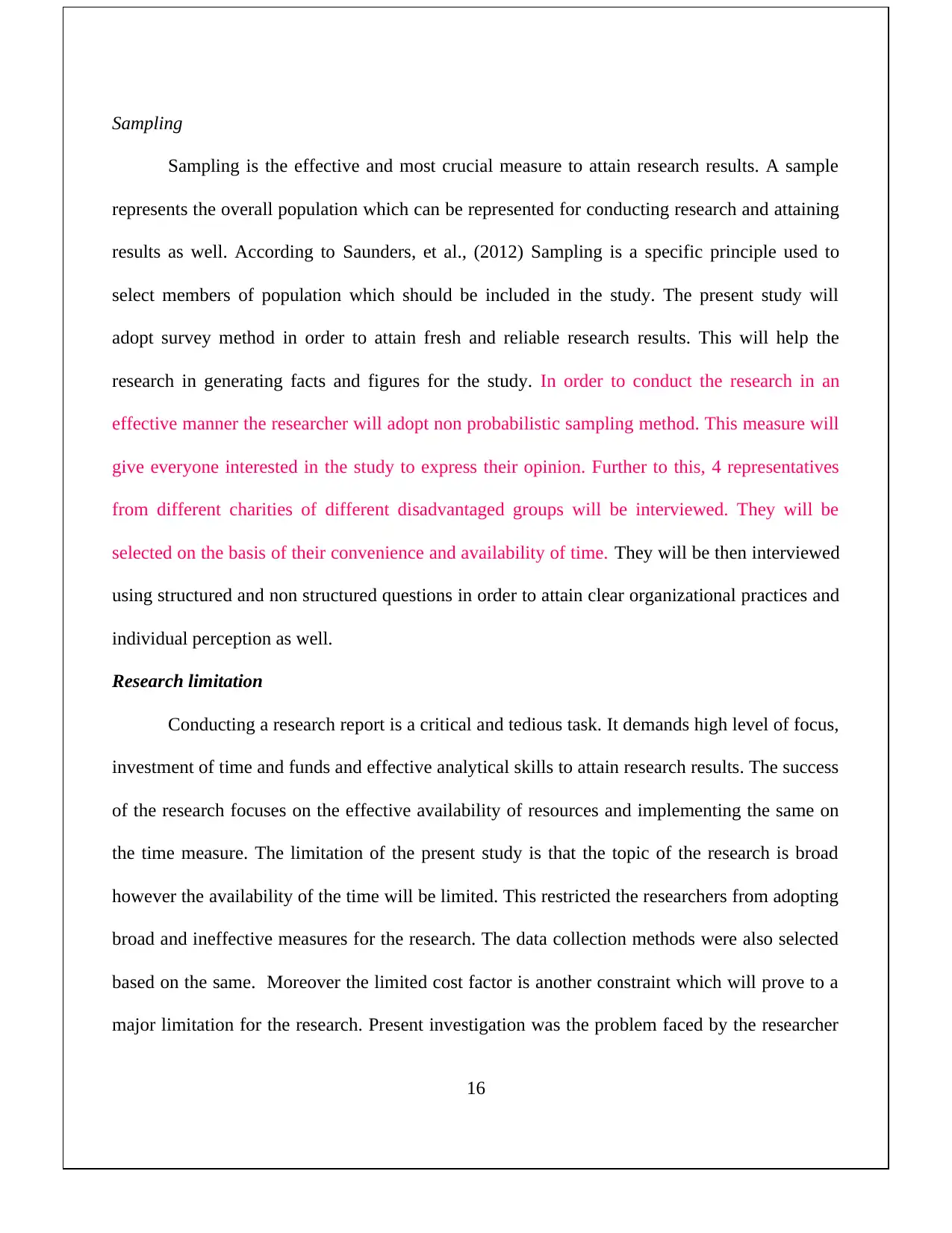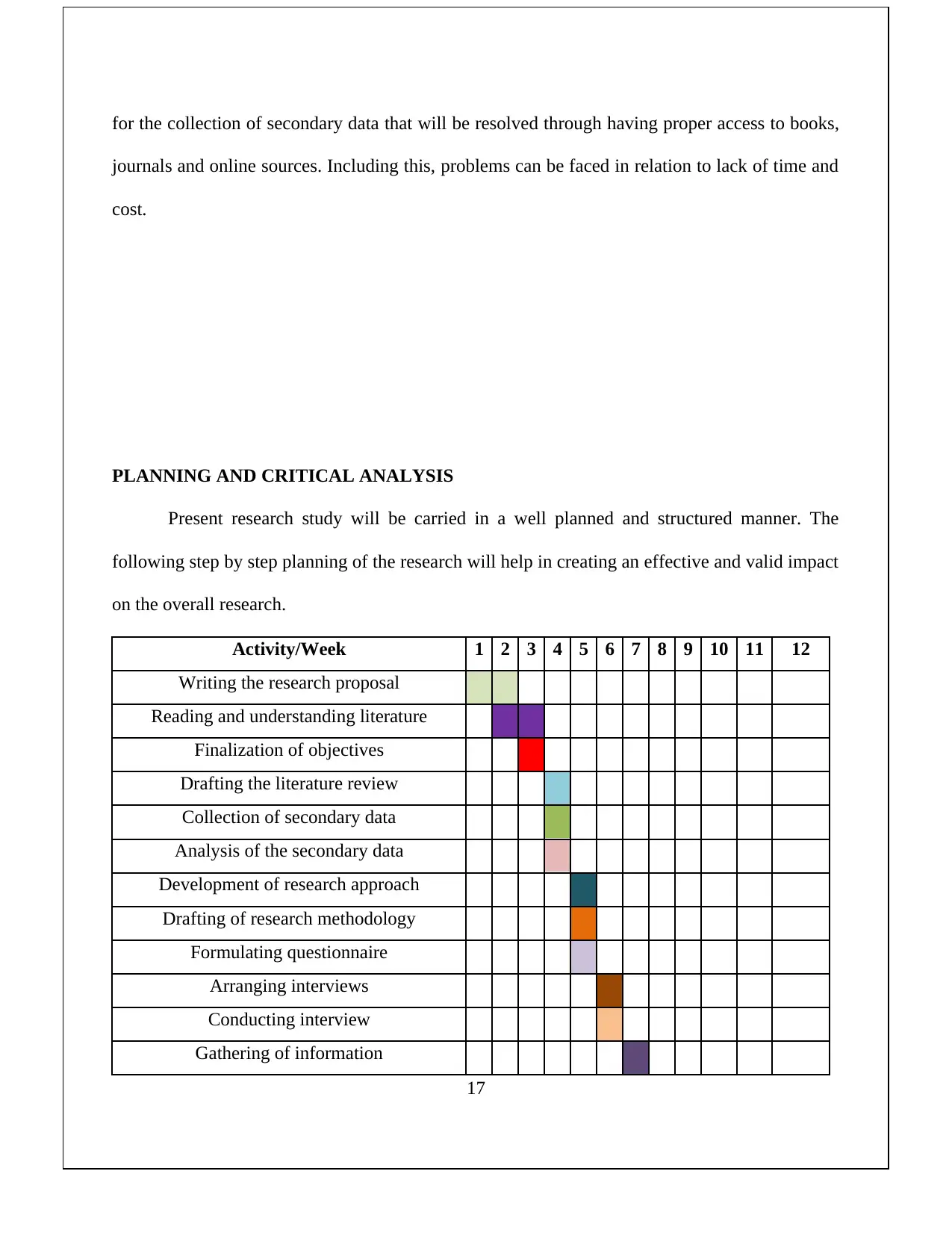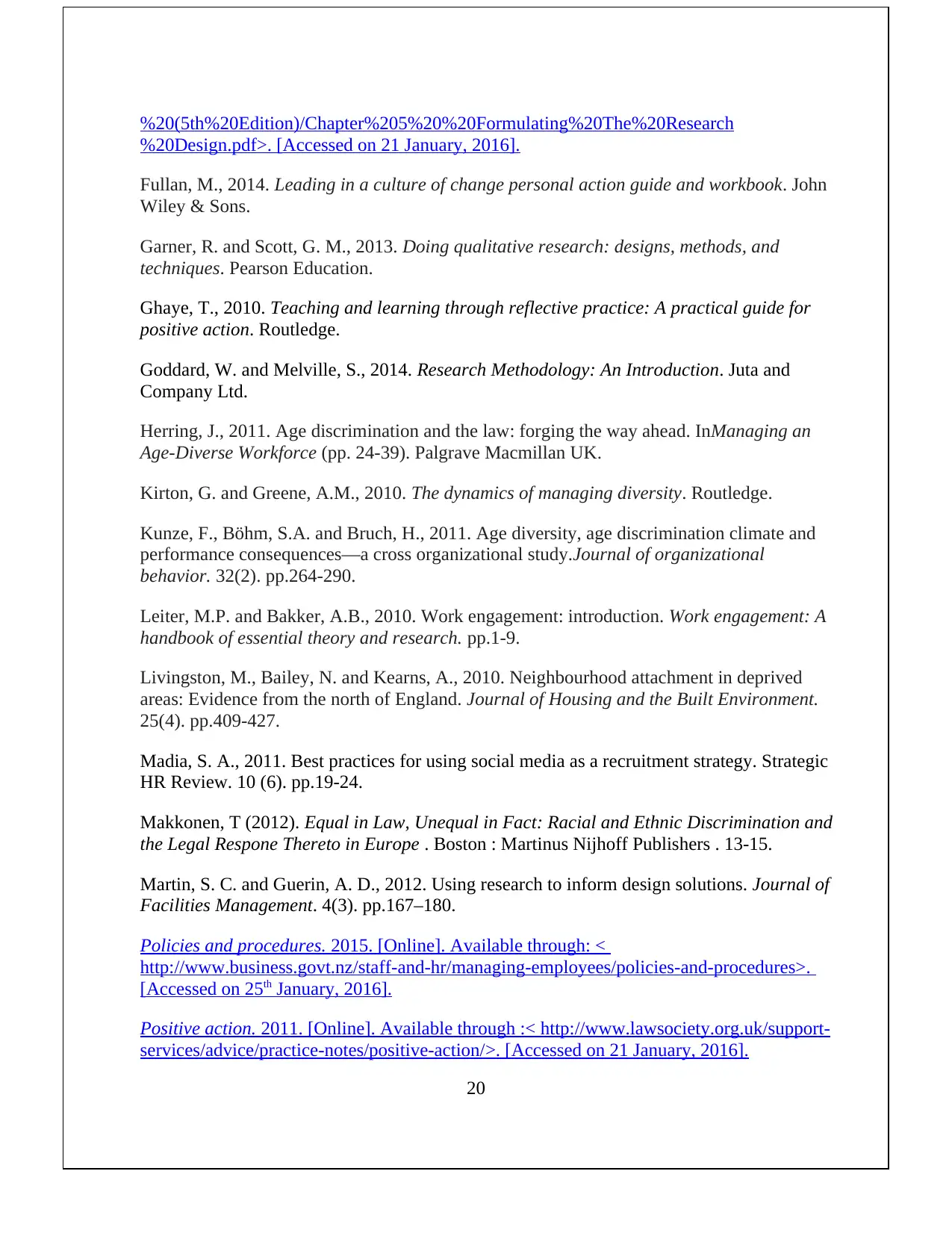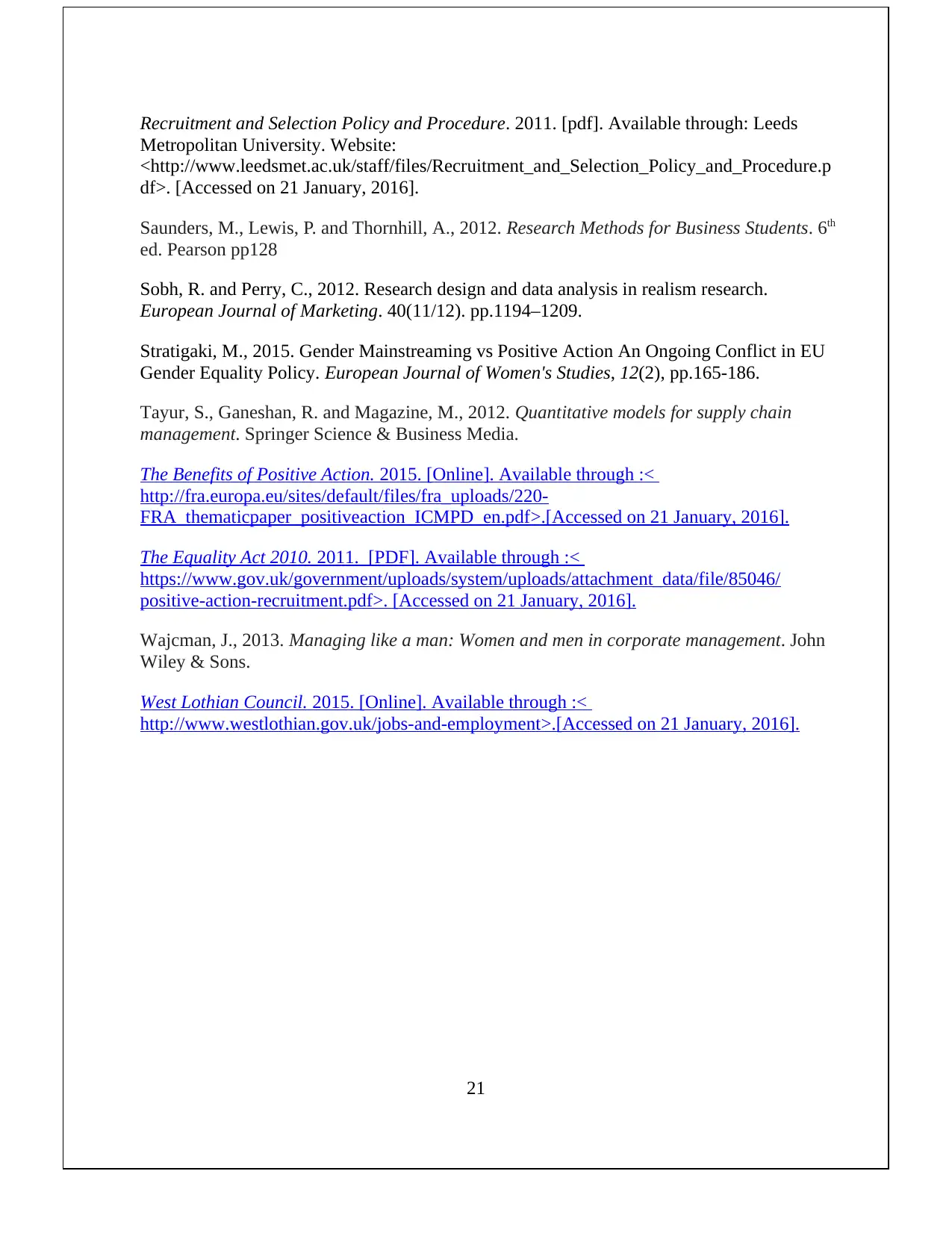The provided content consists of various academic and professional resources related to diversity, inclusion, and positive action. The sources include books, journals, and online articles that address topics such as managing diversity, age discrimination, work engagement, neighborhood attachment, best practices for using social media in recruitment, and equal opportunities in the workplace. Additionally, there are policy documents and procedure guidelines on positive action, recruitment, and selection, which aim to promote diversity and inclusion. The content also includes research methodology guides and academic papers that focus on qualitative research, quantitative models, and realism research. Overall, the assignment content is a diverse collection of resources that can be used for research purposes.
![[object Object]](/_next/static/media/star-bottom.7253800d.svg)
![[object Object]](/_next/static/media/star-bottom.7253800d.svg)

